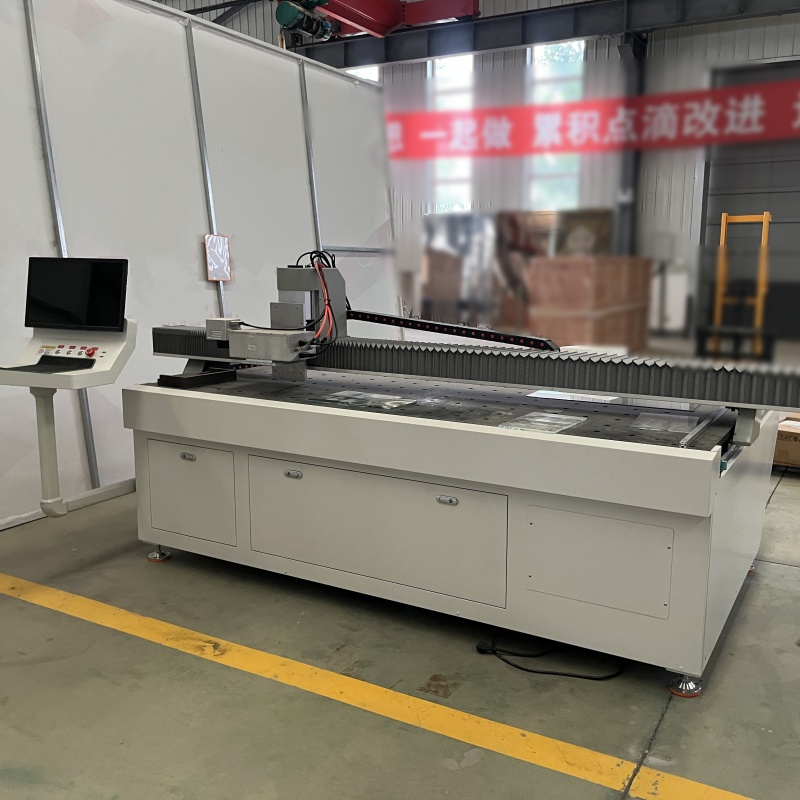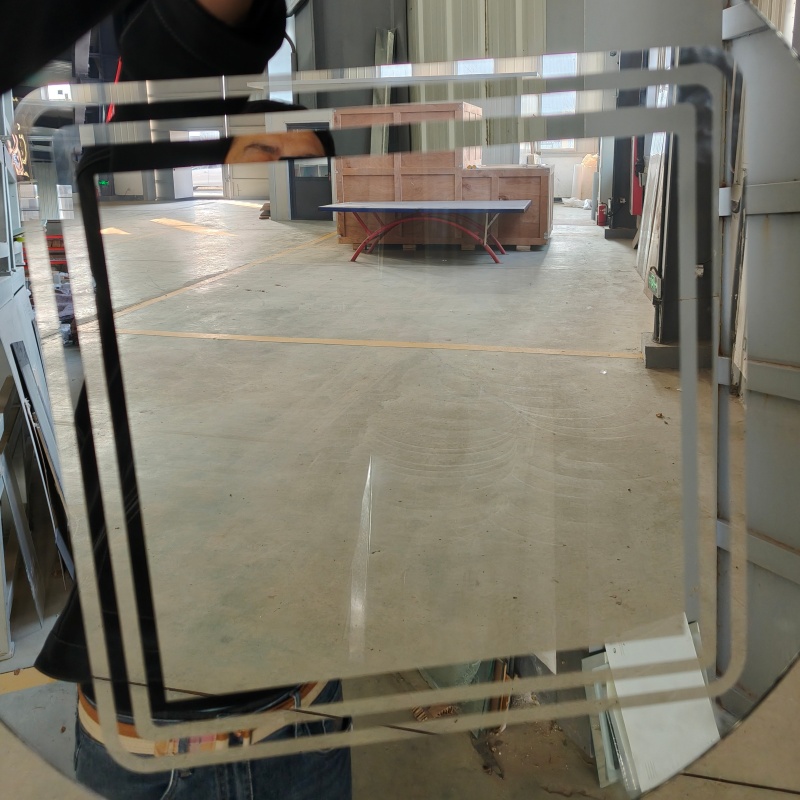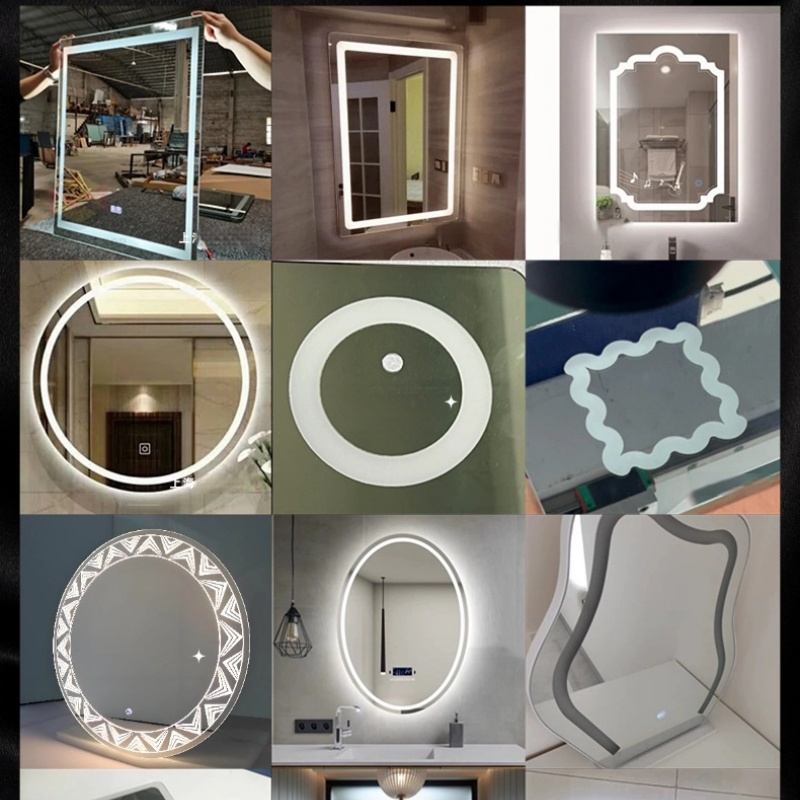In fields such as industrial processing, advertising production, and handcrafted crafts, “engraving” remains a core requirement. From the fine lines of metal nameplates to the artistic designs of glass display windows to the three-dimensional textures of wooden ornaments, people’s demands for engraving effects are constantly increasing, along with their expectations for efficiency. Sandblasting engraving machines, with their unique operating principles and outstanding performance advantages, are becoming a practical choice for meeting diverse engraving needs, bringing high efficiency to engraving operations in various scenarios.
The core advantage of sandblasting engraving machines lies primarily in their efficiency. Traditional engraving methods rely on manual operation or single-tool cutting, which not only requires high operator proficiency but also results in slow and inefficient engraving. This makes it difficult to meet deadlines, especially for large-scale production. Sandblasting engraving machines, on the other hand, use high-pressure abrasives (such as quartz sand and corundum) to impact the surface of the material. The impact and grinding action of the abrasive complete the engraving process, eliminating the need for complex tool changes and path adjustments. Taking sheet metal engraving as an example, traditional manual engraving of a 1-square-meter nameplate might take several hours, while a sandblasting engraving machine can complete the same area with the same precision in just tens of minutes. Even for hard stone or glass, sandblasting engraving machines can maintain a stable engraving speed by adjusting the abrasive grit size and jet pressure, significantly shortening the processing cycle and effectively improving production efficiency.

Beyond high efficiency, the practicality of sandblasting engraving machines is also reflected in their wide range of material compatibility. The characteristics of the materials being processed vary greatly in different engraving scenarios—the hardness of metal, the brittleness of glass, the porosity of wood, the elasticity of plastic—imposing stringent requirements on the adaptability of engraving equipment. Many engraving machines are limited to processing a single or a few materials, resulting in significant limitations. However, sandblasting engraving machines can easily adapt to a wide range of common materials by flexibly adjusting process parameters. In the industrial sector, it can engrave markings on metal components like stainless steel and aluminum alloys, creating clear, wear-resistant markings. In the decorative field, it can engrave patterns on transparent materials like glass and acrylic, creating a gradient effect by controlling the abrasive jet density, combining beauty with texture. In the crafting field, it can also be adapted to soft materials like wood and resin, creating delicate patterns or three-dimensional shapes to meet personalized creative needs. This “one machine for multiple uses” feature not only reduces users’ equipment procurement costs but also reduces the time required for equipment replacement and commissioning, further highlighting its practical value.
Sandblasting engraving machines also demonstrate significant advantages in balancing ease of operation and engraving precision. For many small and medium-sized enterprises or individual practitioners, complex engraving equipment often requires professional technicians to operate, resulting in a high learning curve and a difficult learning curve. Mainstream sandblasting engraving machines on the market are generally equipped with intuitive control panels and simple parameter adjustment functions. Operators only need a short training period to master the basic operation of the equipment. By setting parameters such as jet pressure, abrasive flow rate, and engraving path, they can quickly start engraving operations without complex programming or debugging. More importantly, sandblasting engraving machines do not prioritize efficiency over precision. By precisely controlling the angle and intensity of the abrasive jet, they can achieve engraving accuracy of 0.1mm. Whether it is fine text or complex patterns and textures, they can be clearly rendered, fully meeting the engraving accuracy requirements of most scenarios. This combination of “easy operation + high precision” makes sandblasting engraving machines suitable for both large-scale mass production and small-batch personalized processing, further expanding their application range.

Furthermore, the durability and ease of maintenance of sandblasting engraving machines further enhance their positioning as a practical choice. From a structural perspective, the core components of sandblasting engraving machines are mostly constructed from wear-resistant and corrosion-resistant materials. For example, the high-pressure jet pipe is made of silicon carbide, and the abrasive bin is made of stainless steel. These components effectively resist abrasive wear and chemical corrosion, resulting in a service life of 5-8 years and low long-term operating costs. In terms of routine maintenance, sandblasting engraving machines require a simple process, including regularly cleaning the abrasive bin to remove residual impurities, inspecting the jet pipe for blockages, and replacing worn seals. These tasks can be performed independently by the operator, eliminating the need for specialized maintenance personnel. This further reduces maintenance costs and downtime, ensuring continuous and stable engraving operations.
With engraving needs becoming increasingly diverse and efficient, sandblasting engraving machines have become an ideal choice for practitioners in many industries due to their high engraving speed, wide material compatibility, convenient operation, stable engraving accuracy, and economical cost. Whether for batch processing in industrial production, artistic creation in the decorative field, or personalized design in handmade creations, sandblasting engraving machines, with their outstanding comprehensive performance, provide users with practical and reliable engraving solutions, truly achieving “effortless and efficient engraving, meeting diverse needs.” With the continuous iteration of technology, sandblasting engraving machines will continue to upgrade in terms of intelligence and automation in the future, further improving their performance and practicality, and empowering engraving operations in more fields.



